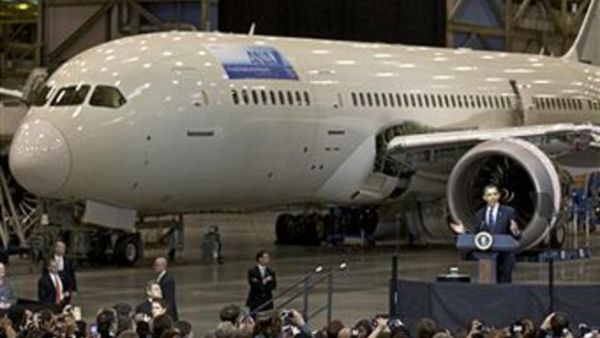Gulf countries are channelling billions of dollars into airport expansions, betting on a sharp rise in passenger traffic and competing to strengthen their positions as regional hubs for global travel. "We are trying to catch up with demand. We are not overspending," said Sheikh Ahmed bin Saeed Al-Maktoum, the chairman of Dubai Airports and the emirate's fast-growing carrier Emirates Airlines, to justify the vast amounts being poured into the sector.
At the Airport Show in Dubai he reiterated plans to spend $7.8 billion under the group's Strategic Plan 2020, which should boost the capacity of Dubai International - the Middle East busiest airport, from 60 million passengers to 90 million by 2018. Between Dubai International and Al-Maktoum International, the emirate's second airport that is planned to be the world's largest and is yet to be used for passenger traffic, Dubai Airports expects to handle around 98.5 million passengers in 2020.
Dubai's airport passenger traffic more than doubled over seven years, from 24.8 million passenger in 2005 to to 50.1 million last year. The airport is now ranked fourth globally in terms of international passenger traffic as it is mostly used for transit between the West and Asia and Australasia. Paul Griffiths, the chief executive officer of Dubai Airports, said the group is focusing on completing concourse 3 that will increase capacity to 75 million passengers. The facility is purpose-built for the Airbus A380 superjumbo, for which Emirates is the largest single customer. 'Finishing concourse 3' "Finishing concourse 3 is our priority. In the first quarter of 2013, it should be up and running," he told reporters.
Elsewhere in the oil-rich region, airports are being expanded, or new hubs being erected from scratch, to accommodate an increase in passenger traffic, mainly in Qatar and neighbouring Abu Dhabi. Figures released at the Airport Show revealed that by 2015, the Dubai, Doha, and Abu Dhabi airports will reach a combined annual capacity of 190 million passengers. The rise in air traffic comes as the International Air Transport Association (IATA) cut back 2012 profit forecast for the airline sector last month over fears of rising fuel prices due to tension in the Gulf, while it played down the impact of the European debt crisis.
A study showed that the region is now overcrowded, with current capacity utilisation in the Gulf Cooperation Council running at 115 percent and reaching 130 percent in Saudi Arabia. Only the UAE has an excess capacity thanks to Dubai's investments. Abu Dhabi airport, the home-base of the fast-growing Etihad Airways, saw the number of passengers more than double in six years from 5.3 million in 2006 to 12 million in 2011. Qatar is building a new airport, about four kilometres (2.5 miles) east of its existing airport which has been enlarged and refurbished to handle the increase in passengers as Qatar Airways keeps expanding its routes.








